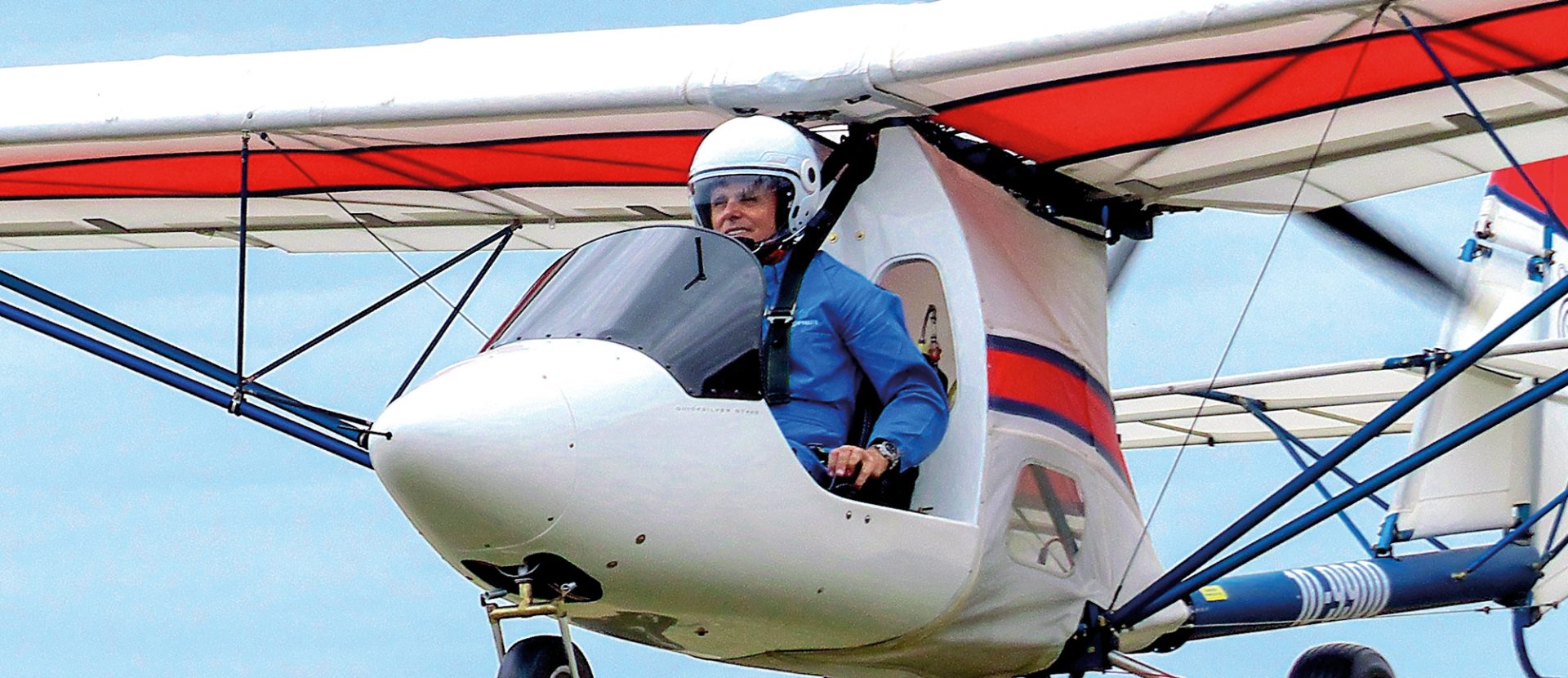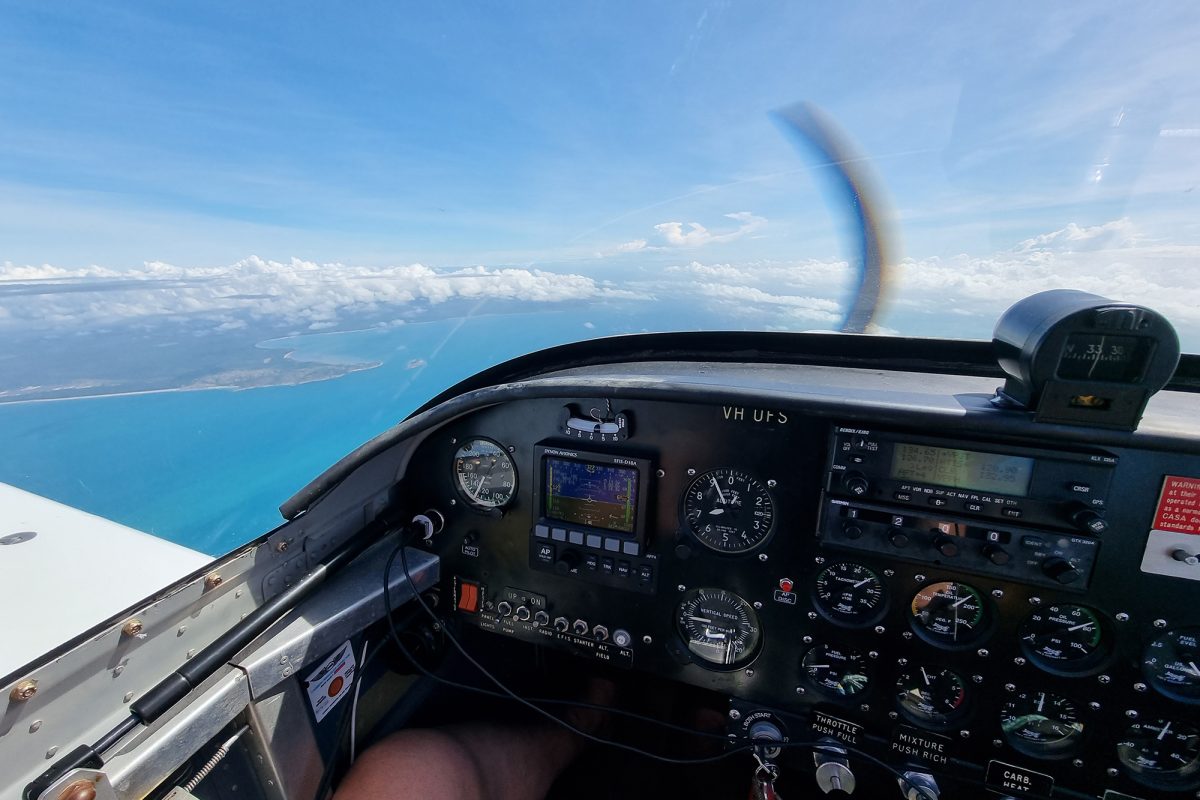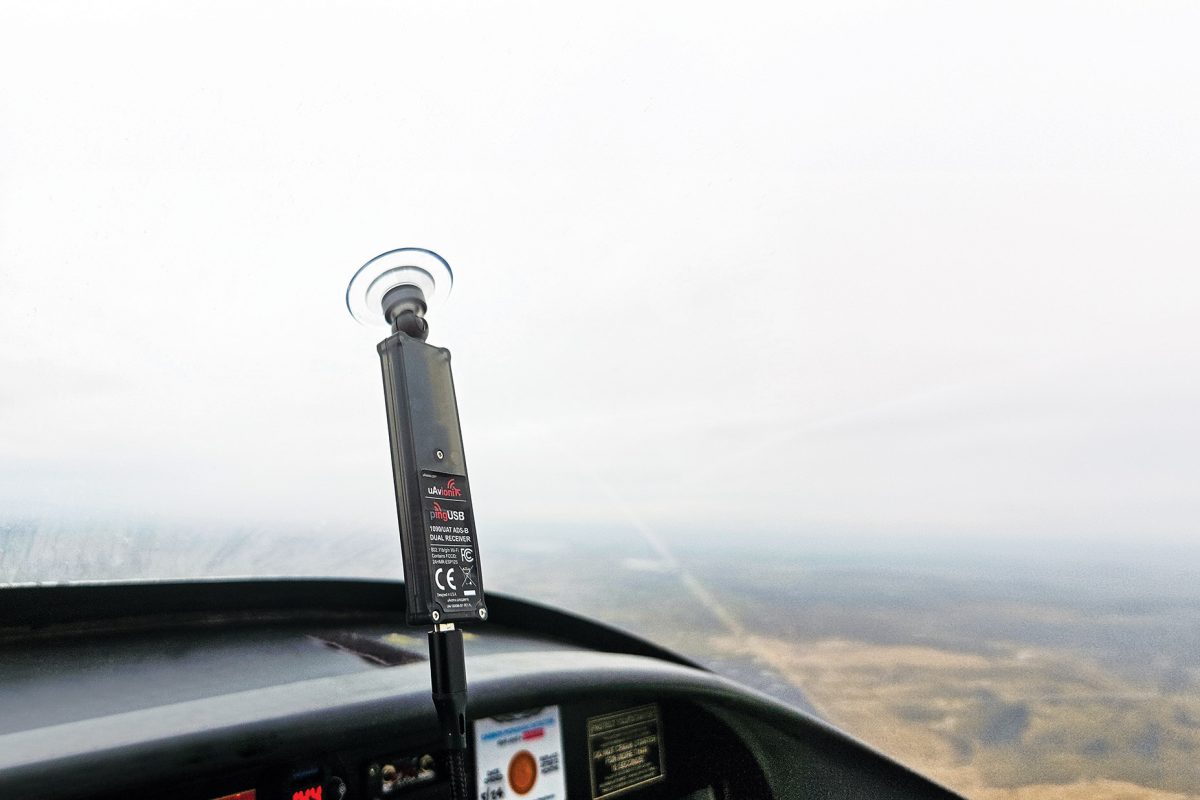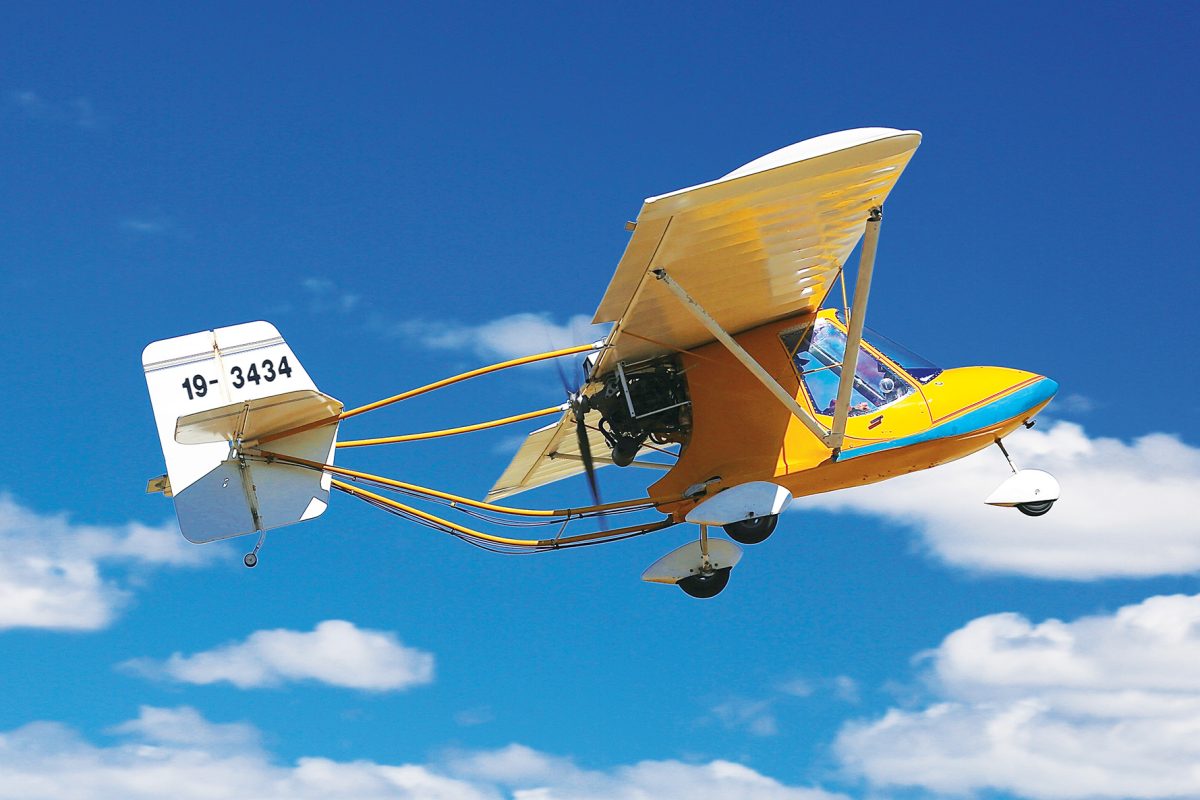I spent more than two years renovating a Rotax 503-powered QuickSilver GT400 ultralight aircraft. The plane was just a decade old when I got it, but had done less than 50 hours. For most of those ten years, it had been sitting in the corner of a hangar.
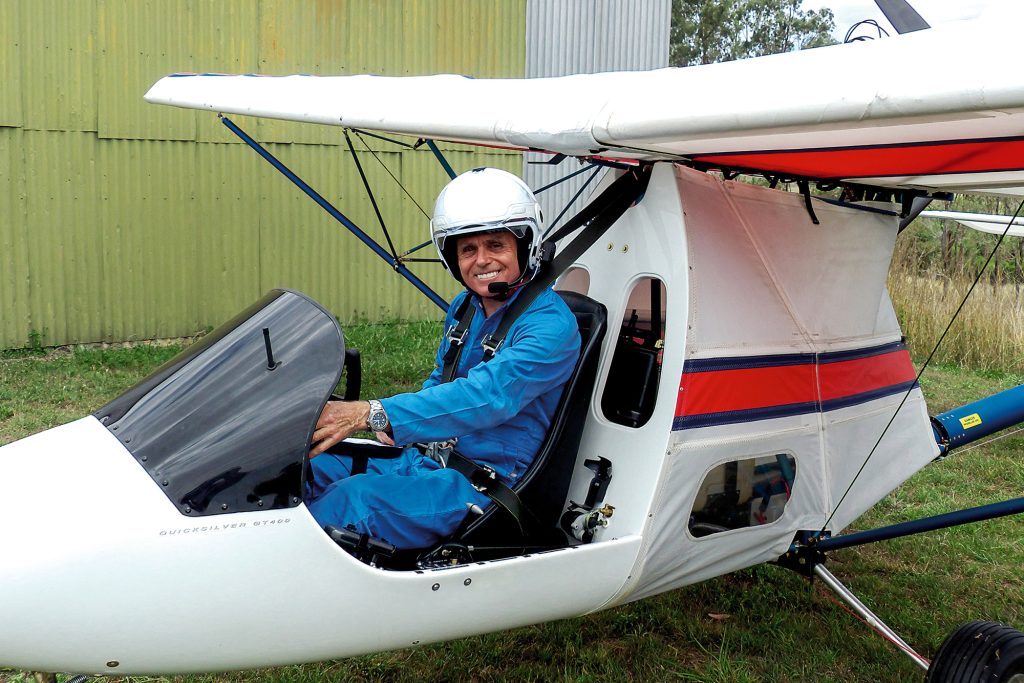
During the renovation, I had dismantled the carburettors, checked and cleaned them, and then carefully reassembled them. During ground testing, the motor had returned just under 6400rpm WOT static, which I thought was fine. It was running smoothly and sounding great.
On Friday 4th December 2020, it was ready to leave the airfield for the first time. After a few short hops to check the controls and the balance, I opened the throttle and headed down the strip into a light northerly. It didn’t take long for a problem to arise. On climb out, the tachometer was indicating nearly 7000rpm. At the same time, I noticed the EGT gauge warning light was on. The temperature inside the rear-cylinder exhaust was exceeding the 650°C limit by 20 degrees! I nursed the plane back to the strip at three-quarter throttle.
One of the improvements I had made was to equip the plane with an Auber SYL-2813 Dual Digital LED Display EGT Gauge with Auber probes. Digital gauges have an advantage over analogue ones in that they have both range and resolution. For applications where accuracy is important over a wide range of readings – like navigation and engine instruments – this can be a distinct benefit. In the case of exhaust gas temperatures, the crucial range is around 500-600°C. On an analogue instrument with a range of 350-900°C, a 100-degree normal operating range is quite narrow and – considering the EGT gauge is there to warn you that your motor is about to melt – not ideal.
I was confident with the work I had done on the carburettors, so I immediately began to wonder about the relationship between engine rpm and exhaust gas temperatures. A two-stroke motor is a much more integrated system than a four-stroke. Not only does a two-stroke require a carefully designed exhaust with sufficient back pressure to ensure efficient fuel/air cycling, it also needs balanced load on the drive shaft for flexible throttle operation. The propeller has to be coarse enough to provide adequate load to ensure proper charging. Basically, the finer the pitch, the leaner the mixture. The coarser the pitch, the richer the mixture.
My previous two-stroke powered aircraft (a Sapphire) had a similar static rpm figure but did not have a problem on climb out. It had a 1:2.58 ratio “B” gearbox. The QuickSilver has a 1:3.47 ratio “C” gearbox. For direct-drive propellers, full-power rpm from a standing start might increase by a hundred or so when the plane takes off; hardly noticeable. The 2.58 ratio “B” box (in the Sapphire) used to add about 200rpm WOT during a take-off run.
The QuickSilver appeared to be adding a lot more than that. Given the gearbox ratio, it was perhaps to be expected, particularly because that gearbox was driving a large diameter (68”) four-blade propeller. Four-blade propellers are necessarily more finely pitched than two or three-blade propellers, and the finer the pitch, the more torque load is shed relative to airspeed.
My propeller pitch blocks were 14°, so I swapped them for 15° blocks. Static WOT rpm dropped by about 200 to 6200rpm. Rear-cylinder EGT dropped below 650°C but was still far too high. At this point, I started to think again about the carburettors. I checked the jets and needles for the correct size markings, which they had. Then I lowered the circlips on both needles, but this only brought EGTs down in the mid-power range. The overheating was still occurring at high power, especially in the rear cylinder. It was very puzzling. I even checked inside the fan box for wasp nests or any other obstructions, but all was clear. The motor was continuing to run lean at high rpm, but I had no idea why. The answer was actually staring me in the face. Only one explanation made sense, but I didn’t know the right question to ask. I had already learnt that, in aviation, not knowing what you don’t know can be both expensive and dangerous.
Finally, I ordered a replacement main jet from Floods that was .07mm larger than the recommended size. Putting a larger main jet in just one carburettor is not normally done, but I wanted to see how it would alter the exhaust temperature. When I removed the original jet however, and held it up to the light alongside the new one, I got a big surprise. The new jet had a noticeably larger diameter than the old one, much more than one would expect from a .07mm diameter difference. I re-checked the numbers on the base of each jet. No problem there. It was at this point, though, that I suddenly understood. The old jet was blocked, but blocked in such a way that it retained perfect roundness. Without another jet to compare it with, one would never suspect an obstruction, especially because the material obstructing the jet was more or less colourless.
Further examination revealed a hard varnish-like coating on the inside wall that reduced the orifice to about 1.25mm, instead of the 1.58mm it was supposed to be. I removed the jet on the forward carburettor as well and found it was also partially coated on the inside, but it did not have its diameter reduced as much.
The main jet on a Bing 54 carburettor sits deep inside the bowl. Obviously, this varnish was some kind of residue left behind after petrol in the bowl had evaporated. As the plane had been flown so infrequently before I bought it, the repeated deposits had hardened with time, and they were very hard indeed. I sanded down a wooden toothpick to clean the jets but it took a lot of reaming, two or three toothpicks, and some acetone to get them sparkling again. I was later told that water and detergent would have been more effective.
The next static test returned a very satisfying set of EGT numbers (see above left). I tried 14° pitch again, but climb-out rpm was still a little too high. Temperatures also exceeded 580°C on low-power descents, so I settled on 15°.
